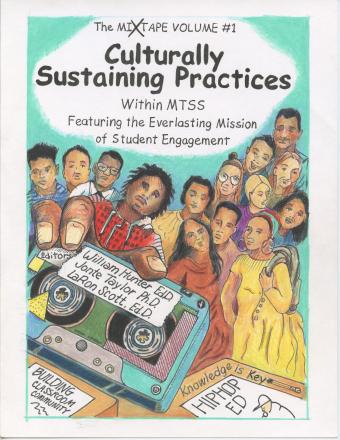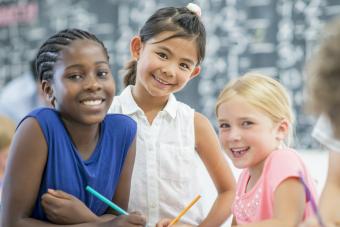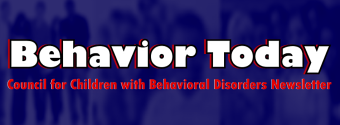Cultural Diversity
Cultural diversity refers to the differences among individuals based on their personal experiences and attributes.
A person's culture may include their race, ethnicity, gender identity, gender expression, sexual orientation, nationality, language, religion, political affiliation, and socioeconomic background. Additionally, cultural norms may be influenced by these differences, such as peer and social group interactions and family or community values.
Often, cultural and linguistic diversities are mentioned together (CLD). While cultural diversity may often include linguistic diversity, the two terms are not interchangeable.
Special educators must be culturally responsive to all students, especially those students with disabilities whose culture may influence their educational decisions and outcomes.
- (-) All (74)
- Pages (3)
- Blogs (16)
- Events (1)
- Store (12)
- Journals (33)
- Webinars (8)
- Partner Resources (1)
Related Materials
Assessing Our Awareness: Tools for Developing Teachers' Cultural Competence

Publish, Flourish, and Make a Difference

The Mixtape Volume 1: Culturally Sustaining Practices Within MTSS Featuring the Everlasting Mission of Student Engagement

Culturally Relevant Instruction: Teaching for Everyone’s Success!

Cultural Responsiveness in Data-Based Individualization and Literacy Assessment for English Learners

Are You Inclusive? Developing Culturally Responsive Practices

But What Does It Look Like? Instructional Strategies for Exceptional CLD Students

Behavior Today Newsletter 39(4)

Diversity, Equity, and Inclusion in Children's Literature
Celebrate diversity, equity, and inclusion with inclusive children's literature.
